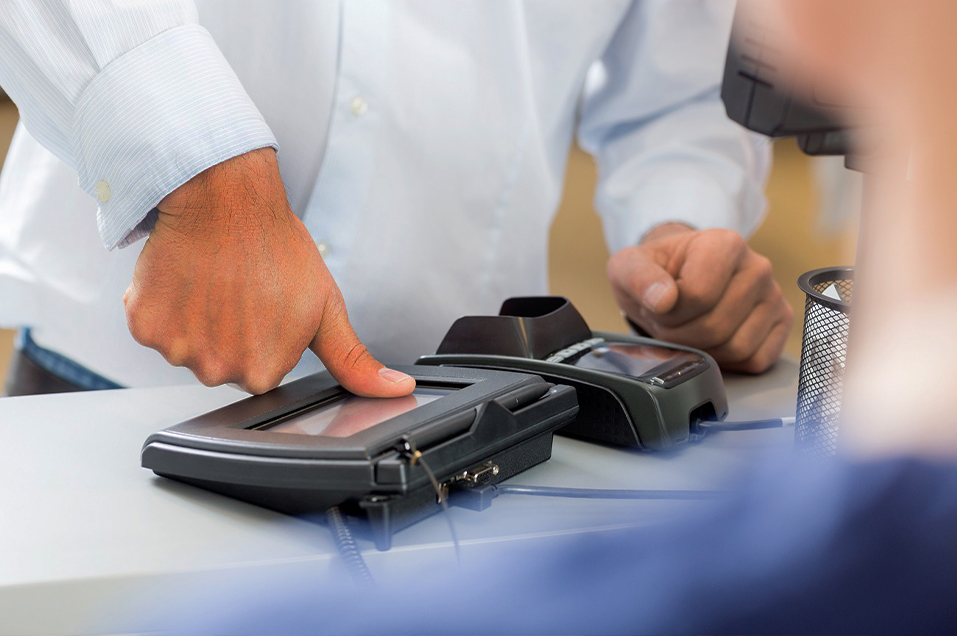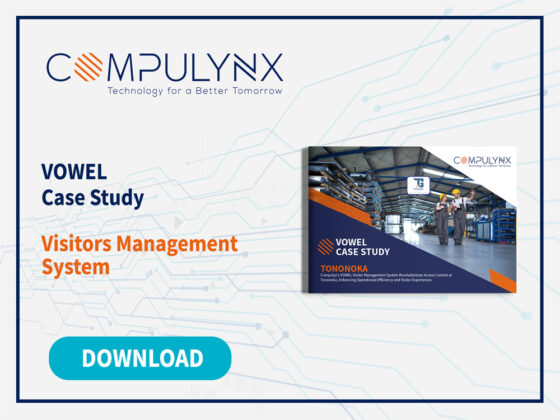Customers are the main assets of any organization, banks, and financial institutions are not left out, and retaining them is the biggest challenge. Customers trust banks and financial institutions with money and expect robust protection. That is where biometrics comes in to help balance security and convenience for a frictionless customer experience.
One of the drivers behind the steady adoption of biometric authentication is accuracy. Biometrics, after all, is the most accurate way to verify a user’s identity. No two fingerprints or faces are alike. Another driver behind the adoption of biometric authentication is demand from consumers for fast, secure, accurate ways of verifying their identities.
Here are the top four ways that biometric authentication gives customers a frictionless experience when they interact with banks and financial institutions:
- Creates a More Personal Experience
Today’s legacy identity verification systems are rigid. They require a password or require a PIN. They offer customers no flexibility in how they identify themselves. Biometric authentication technology, on the other hand, lets organizations offer their users and customers multiple ways to prove who they are. Banks and financial institutions can personalize their customers’ experience by letting customers choose the form of identification they want to use, whether face scan, fingerprint scan, or another method.
By letting their customers choose, banks give their customers more control of what biometric data they want to submit to the app on their phones. When customers feel in control of their data, they have a better customer experience. Now that’s what we call “frictionless”.
- Reduce Fraud
There’s only one thing worse than discovering you’ve been defrauded, and that’s not discovering it. Identity theft and fraud are at the top of the list of concerns that customers have with banking and shopping online. Biometric authentication reduces fraud because biometric identifiers are difficult to mimic. These unique identifiers include:
- Fingerprints
- Faces
- Irises
- Voices
Biometric authentication systems are extremely secure. They also undergo an immense amount of testing in-house and in third-party testing labs before they are certified. Facial recognition technology, for instance, ensures perfect image capture and rejects spoofs. Facial data is extracted automatically through the app with a selfie-and then compared against the image of the customer in the company database to ensure that no one is trying to access sensitive applications using different names.
With facial recognition, one face means one account. Reducing fraud gives customers a safer experience. Customers have peace of mind knowing that their personal information is secure with biometric technology.
- Provide an End- to- End Customer Journey
Biometric authentication has the potential to connect the customer journey from start to finish so that there aren’t any gaps in the journey. These end-to-end solutions allow banks and financial institutions, build fully integrated, omnichannel workflows that include everything from customer onboarding to document authentication, from consumer identification to auto-form-filling from authenticated IDs.
The result is that customers who opt for biometric authentication have a seamless experience as they interact with the organization.
In conclusion, Biometric authentication helps you improve customer experience by making customer onboarding quick and easy, delivering a more personal experience, reducing fraud, and providing an omnichannel customer journey.
By Carolyne Rabut
Content Marketing – CompuLynx




